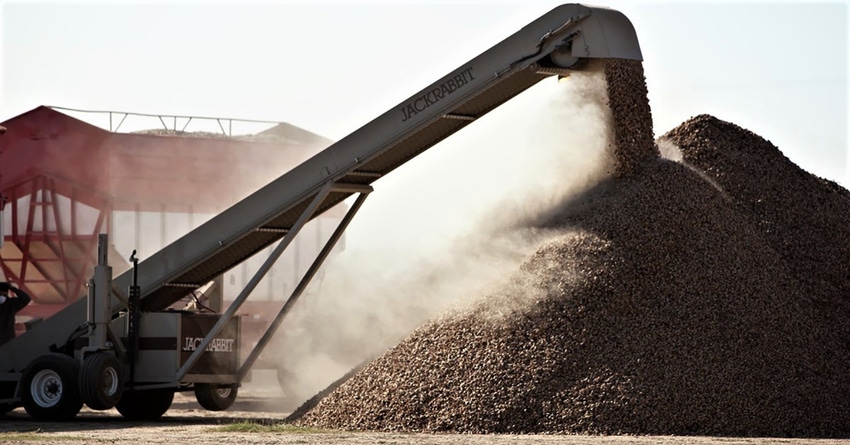
Sometimes too much of a good thing can actually end up being too much of a good thing, and indications are that this year’s tree nut bounty may end up being a real nut glut with prices in some cases at or below the cost of production.
This year’s almond crop is forecast to climb nearly 20% to record heights in the 3 billion-meat-pound range. At the same time, almond export opportunities are drying up because of trade wars.
Pistachio growers see their production headed toward an all-time high of a billion pounds while prices are projected to drop into the $2.30 to $2.40-per-pound price range. The walnut industry finds itself in similar straits.
It’s like building a wheel and overcoming inertia — once it picks up speed and starts to roll, stand aside. The acreage of tree-nut varieties rose prolifically from 2007 to 2019, and many new orchards are still just coming online.
“Bumper crops are knocking nut prices down from decade highs,” according to the USDA. Industry analysts at Rabobank International note: “Prices could get below the cost of production” as in possibly just too much of a good thing.
This year’s harvest is predicted to be the largest crop on record with USDA forecasting a yield of 2,380 pounds per acre, more than 200 pounds per acre higher than the 2019 yield.
According to information from the Almond Board of California: “Minimal carryover of year-to-year almond inventory is about 300 million pounds, while this year it’s expected to be about 340 million pounds or two months’ worth of inventory. Even if trade agreement hiccups remain unresolved this fall, there will still be plenty of storage space available.”
Scrambling to adjust
So aside from marketing like crazy to move product through every available means and marketplace, all aspects of the tree nut industry are scrambling to adjust to new supply and demand metrics. Trees that have been working their way into production are now doing so to the point where their overladen limbs are having to be pruned so they don’t break.
Bloomberg News quotes 4th-generation California walnut grower Bill Carriere as saying: “Young trees, planted five years ago, are now hitting production. It’s going to be a big crop now and for the next few years.”
Carriere, who sits on both the California Walnut Board and the state’s Walnut Commission, adds: “We’re nervous where prices are (but) once new trees are in, you’re in it for 40-50 years. You just have to suck it up, grit your teeth, and get through it.”
For more news on tree nuts as reported by growers and farm advisors, subscribe to the Tree Nut Farm Press e-newsletter
About the Author(s)
You May Also Like




